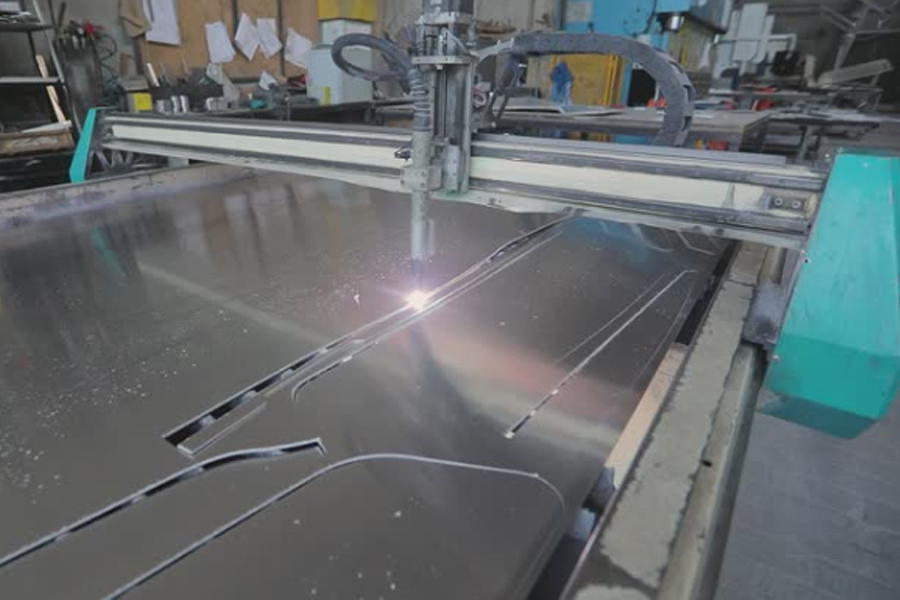
Sheet Metal Quality Tips: Full-Process Control from Start to Finish
Release time:2025-03-10 Click:80High-quality raw materials are the basis of high-quality sheet metal processing. When purchasing from sheet metal processing plants, strict control is required. Taking medical sheet metal processing as an example, the requirements for materials are more stringent. For the processing of medical device accessories, medical-grade stainless steel sheets are often used. This material must not only have good corrosion resistance to adapt to the medical environment, but also have uniform material and stable mechanical properties to ensure that there will be no deformation, cracking and other problems in subsequent processing. During the procurement process, the quality certification documents of the materials should be carefully checked, and key indicators such as the thickness tolerance and hardness of the sheet should be sampled and tested. For example, for a stainless steel sheet with a thickness of 2 mm, the thickness tolerance should be controlled within a very small range to ensure the accuracy of the processing size. Only by ensuring the quality of raw materials from the source can a reliable guarantee be provided for subsequent processing.
Pre-processing: Details to determine success or failure
Before performing operations such as laser sheet metal processing, pre-processing of raw materials is crucial. The first is to clean the surface of the sheet to remove oil, rust and impurities on the surface. These contaminants will affect the welding quality, coating adhesion, etc. during the processing process. For example, when processing sheet metal chassis, if there is oil on the surface of the sheet, the coating may fall off after painting. At the same time, for some sheets that need to be bent, proper annealing should be carried out to reduce the hardness of the material, improve its plasticity, and reduce the risk of cracks during the bending process. In precision sheet metal manufacturing, the flatness of the sheet is extremely high, so the sheet needs to be leveled before processing to ensure the accuracy of subsequent processing.

Process control: precision is the core

Finished product inspection: the last line of defense for quality
After the sheet metal processing is completed, strict finished product inspection is the last line of defense to ensure quality. Through appearance inspection, check whether there are scratches, deformations, welding defects and other problems on the surface of the product. For the detection of dimensional accuracy, high-precision measuring instruments, such as three-coordinate measuring machines, are used to measure the key dimensions of the product to ensure that it meets the design requirements. For example, for the processing of medical product parts, the dimensional accuracy requirements are extremely high, and any slight deviation may affect the performance of the product. At the same time, some functional tests can also be carried out, such as checking the sealing and grounding performance of sheet metal chassis. Only through comprehensive and strict inspections can high-quality products be delivered to customers.
The improvement of sheet metal processing quality requires strict control of the entire process from raw material procurement, pre-processing, processing control to finished product inspection. Only by striving for excellence in every link can high-quality sheet metal products be manufactured to meet the needs of sheet metal processing in different industries.